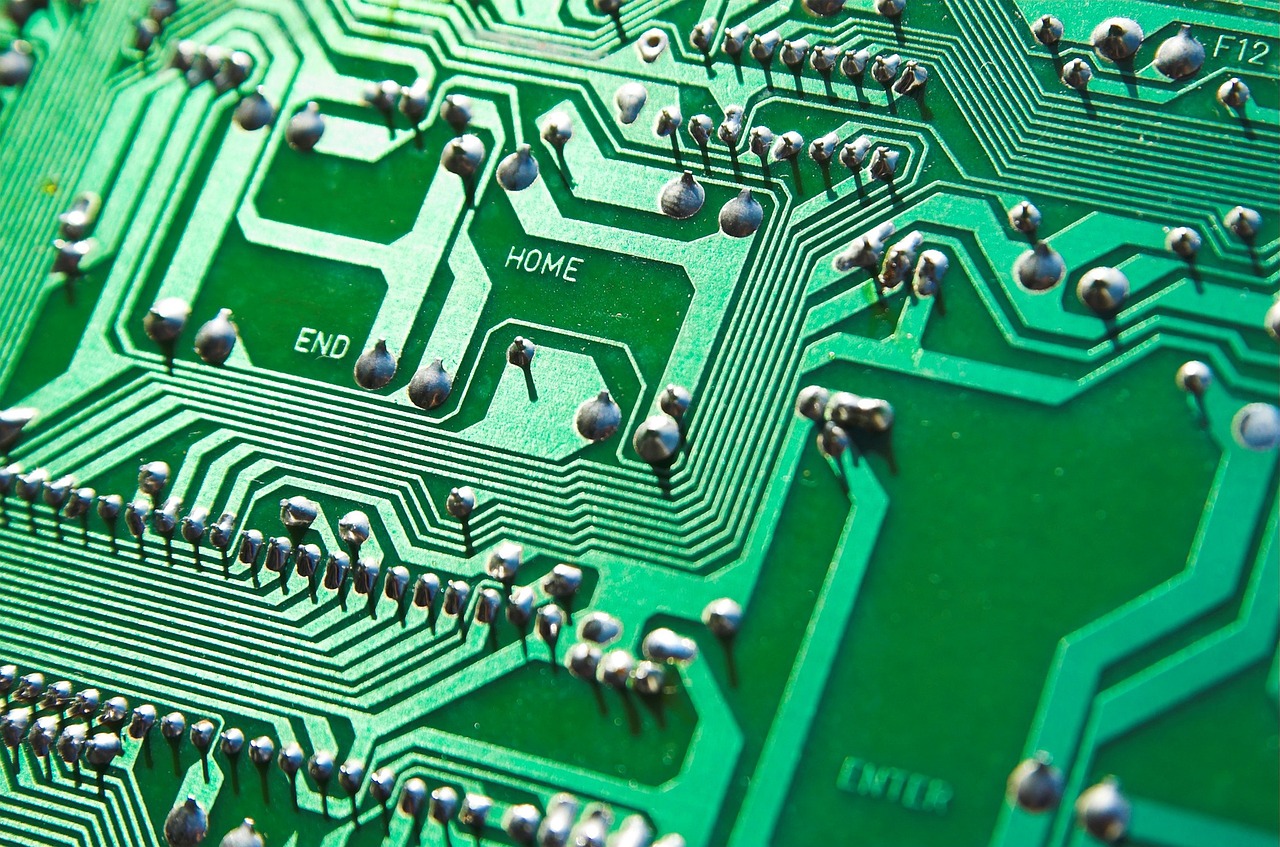Analyzing the Use of AI in Predictive Maintenance of Industrial Equipment
Artificial Intelligence (AI) has revolutionized the field of predictive maintenance by enabling systems to detect anomalies and potential failures before they occur. Through machine learning algorithms, AI analyzes vast amounts of data from equipment sensors to predict when maintenance is required. This proactive approach not only saves time and resources but also minimizes downtime, making operations more efficient and cost-effective.
Moreover, AI enhances the accuracy of maintenance schedules by providing real-time insights into equipment performance. By continuously monitoring key indicators, such as temperature, vibration, and pressure, AI can predict when components are likely to fail, allowing maintenance teams to intervene before a breakdown happens. This predictive capability not only extends the lifespan of machinery but also improves overall reliability, ensuring seamless operations in various industries.
Challenges Faced in Implementing AI for Predictive Maintenance
One major challenge in implementing artificial intelligence (AI) for predictive maintenance is the high initial investment required. Developing and deploying AI systems can be costly, especially for small and medium-sized enterprises that may not have the financial resources to invest in such technology. Additionally, there are ongoing costs related to data storage, maintenance of AI models, and training of staff to use the AI tools effectively.
Another challenge is the issue of data quality and availability. AI algorithms rely heavily on high-quality data to make accurate predictions and recommendations. However, many organizations struggle with disparate data sources, inconsistent data formats, and incomplete datasets, which can hinder the performance of AI models. Ensuring data quality and accessibility is crucial for the success of predictive maintenance initiatives powered by AI.
Benefits of Using AI for Predictive Maintenance
Artificial intelligence (AI) offers numerous benefits for predictive maintenance in various industries. One significant advantage is the ability of AI to analyze vast amounts of data quickly and accurately. By processing data from sensors and equipment, AI algorithms can detect patterns and anomalies that could indicate potential issues before they escalate into costly failures. This proactive approach helps organizations avoid unexpected downtime and disruption to their operations.
Furthermore, AI can help optimize maintenance schedules by predicting when equipment is likely to require servicing or replacement. This predictive capability not only reduces the likelihood of sudden breakdowns but also enables companies to plan their maintenance activities more efficiently. By conducting maintenance tasks based on actual need rather than a fixed schedule, organizations can save time and resources while maximizing the lifespan of their equipment.
What is the role of artificial intelligence in predictive maintenance?
Artificial intelligence in predictive maintenance helps analyze historical data to predict when equipment is likely to fail, allowing for proactive maintenance.
What are some challenges faced in implementing AI for predictive maintenance?
Some challenges include the need for high-quality data, ensuring proper integration with existing systems, and overcoming resistance to change from employees.
What are the benefits of using AI for predictive maintenance?
Some benefits include increased equipment uptime, reduced maintenance costs, improved operational efficiency, and the ability to prioritize maintenance tasks based on criticality.





